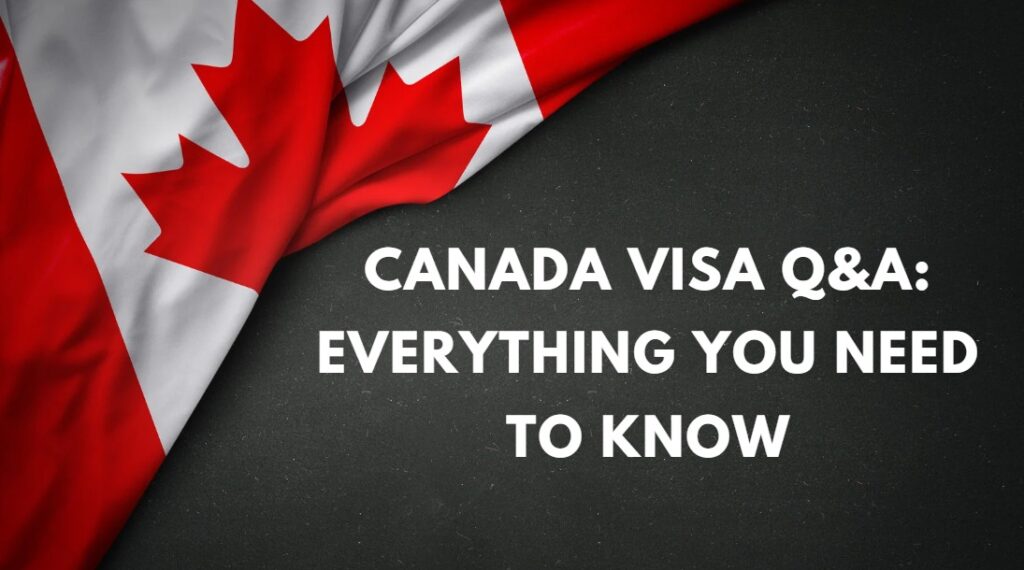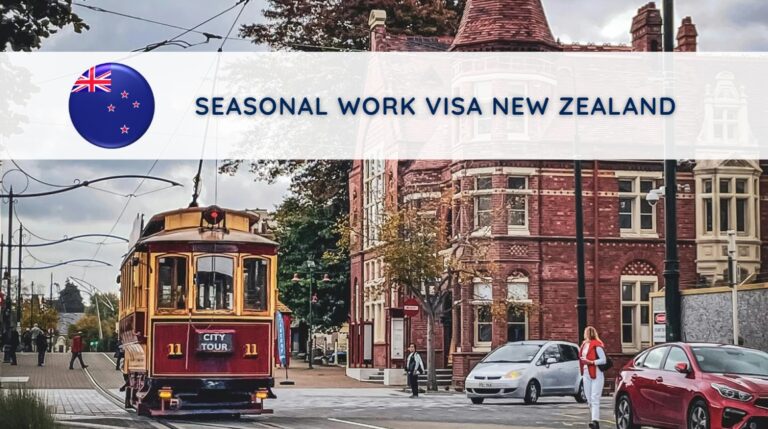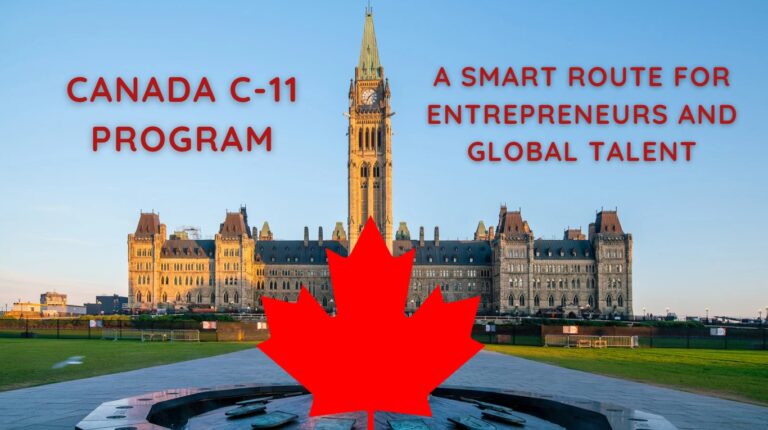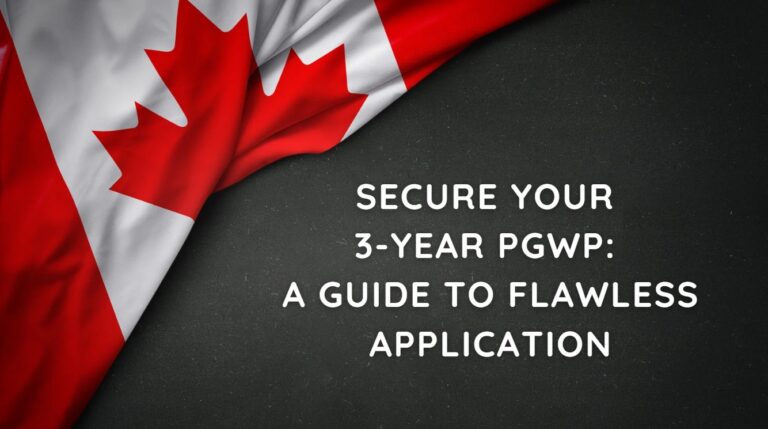
Navigating Canada’s Visa and Permit Process: Essential Insights for Foreign Workers, Students, and Tourists
Are you Planning to work, study, or travel in Canada? Understanding the visa and permit process is crucial. Depending on your nationality, you might need specific documents to enter and stay in the country.
Visa vs. Permit: What’s the Difference?
A work or study permit allows you to legally work or study in Canada for a specified period. These permits determine your legal status and the activities you can undertake. Work permits fall into two main categories: Open Work Permits (OWPs) and closed/Labour Market Impact Assessment (LMIA)-based permits.
On the other hand, a visa (be it for work, study, or tourism) permits you to enter and re-enter Canada. Known as Temporary Resident Visas (TRVs), these are necessary for many foreign nationals. Some might need an electronic Travel Authorization (eTA) instead.
Paying for Your Visa or eTA
You might be able to pay for your visa or eTA in your local currency. Check the IRCC’s website to see if your country’s visa office accepts local currency payments.
Application Timing
When applying for a work or study permit, there’s no need to apply separately for an eTA or visa. These will be issued automatically upon the approval of your permit. If you need a work or study visa, remember to submit your passport to a Canadian visa office to get the document issued.
Re-entering Canada
With a single-entry visa, you’ll need a new visa to re-enter Canada, unless you’re traveling to the US, St. Pierre, or Miquelon and return within your approved stay. A multiple-entry visa, however, allows you to leave and re-enter Canada multiple times during its validity.
Checking Visa and Permit Expiry
Your permit will indicate the expiry date of your temporary resident status. If your visa or eTA expires before your status does, you might need to apply for an extension.
For tourists, a Canada Border Services Agency (CBSA) officer will stamp your passport upon entry, noting your entry date and sometimes the expiry date. If there’s no stamp, your status expires six months from your arrival date.
Using a Valid Visa in an Old Passport
If your valid visa is in an old passport, you can still use it to enter Canada. Bring both your old passport (with the visa) and your new passport. However, it’s advisable to get a new visa in your current passport to avoid any border delays.
By understanding these processes and requirements, your journey to work, study, or explore in Canada will be much smoother.
Looking forward to getting more information on the migration program Call or WhatsApp us 00974 4493 4528
Connect with us to get updates on our regular Immigration and hiring updates 🤝🏻
💬Official Whatsapp Channel | 💬 Whatsapp Community | 👍 Facebook | 📸 Instagram | 💼 LinkedIn







